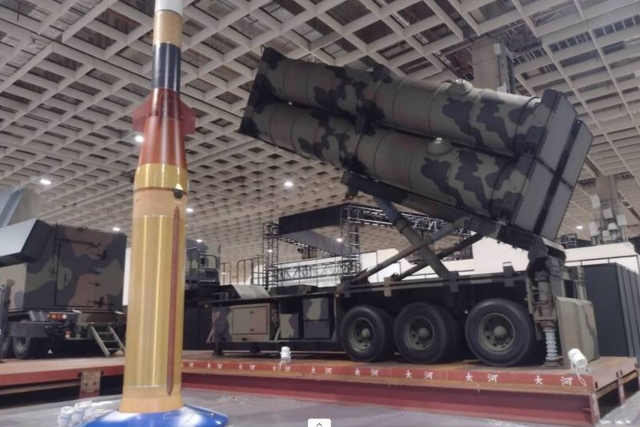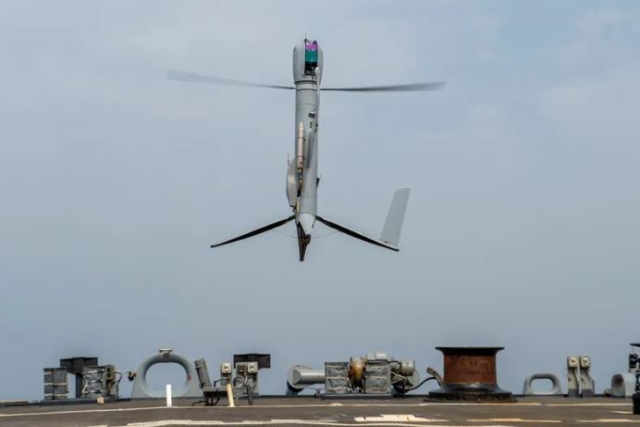US Navy Developing Next-Generation Tomahawk Missiles: Reports

The US Navy is testing and developing the next-generation command attack weapon, as a potential replacement for battle-tested Tomahawk, according to DoD Buzz. The Navy plans to modernize its arsenal of roughly 4,000 Tomahawk missiles.
“The key element of that weapon will be its increased lethality and survivability beyond what the Tomahawk brings today,” Navy acquisition executive Sean Stackley told members of the House Armed Services Committee Seapower and Projection Forces Subcommittee, speaking of the new cruise missile in development.
Meanwhile, production of the Tomahawk is slated to stop by fiscal year 2016, according to the Navy’s five year budget plan outlined in the 2015 proposal.
“We had been sustaining a 200 Tomahawk per year rate. In 2015 we’ll drop down to 100. In 2016 we will revisit the question of whether the time is right to stop production of Tomahawks,” Stackley added.
The Navy also plans to compete a surface-ship launched variant of its air launched Long Range Anti-Ship Missile, or LRASM which is now in development, Stackley said.
“LRASM is transitioning from the demonstration phase to a development program during fiscal year 2014. Early operation capability is planned for 2018,” a Navy official was quoted as saying.
The weapon, which is designed to defeat advanced enemy air-defense systems using sensors and autonomous flight, will be fired from an Air Force B-1 bomber. The Navy also plans to configure its F/A-18 fighter jets to be able to fire the LRASM. Lockheed Martin is working closely with the Navy and the Defense Advanced Projects Research Agency on LRASM.
Lockheed is investing $30 million in research and development funds to develop and test a LRASM that can fire from a surface-ships vertical launch system, according to the report.
In addition, Raytheon developers are working on a method of improving communication links involving improved radio throughput for the Block IV Tomahawk missile. While the missile already has the ability to change course in flight, this technology would increase the speed of communications and improve the ability to both re-route and also hit moving targets, the report added.
Tomahawk missiles are a high-speed, low-altitude weapon designed to evade enemy air defenses – in part by flying lower to the ground and using precision GPS navigation systems. They were originally developed as a Cold War weapon to defeat sophisticated Soviet air defenses by flying close to the terrain.










